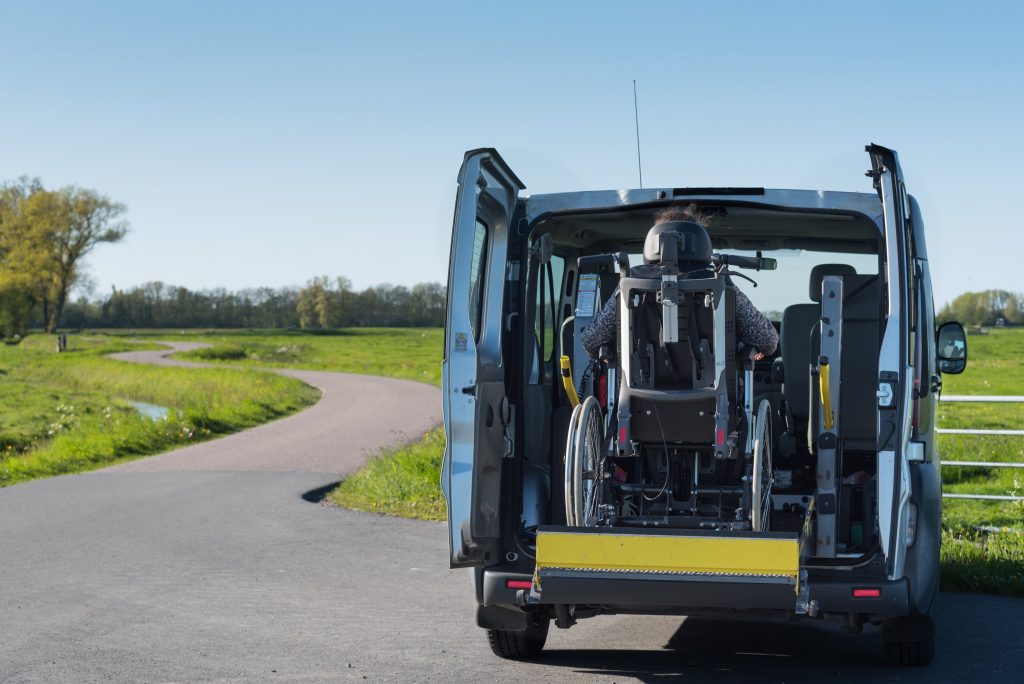6 tips for finding & buying a second-hand wheelchair-accessible vehicle
A wheelchair-accessible vehicle (WAV) makes getting around easier and quicker. WAVs are easy to board and are designed to accommodate your wheelchair’s design, size, and weight. However, new WAVs are usually expensive, with prices going well beyond many buyers’ budgets. Fortunately, used WAVs are cheaper, and one in good condition can be just as efficient as a new one.
Factors to consider when finding the right second-hand WAV
Picking a second-hand WAV in good condition takes a keen and informed approach. Here is an overview of six factors to consider when buying a second-hand wheelchair-accessible vehicle.
1. Accessibility
Accessibility is the main feature of a wheelchair-accessible vehicle – it is the middle name, after all. A wheelchair’s design and size make boarding ordinary vehicles problematic. However, WAVs are modified and customized to facilitate quick and easy access through the side or rear.
Most WAVs feature ramps, but some high-end models feature automated lifts. Ramps are strong and lightweight, making them easy to set up whenever you need to board or alight.
However, lifts are only recommended for vehicles carrying heavy and many passengers. Side lifts can take up extra space inside the vehicle. Boarding and alighting can also be problematic when the WAV is parked alongside other cars or next to objects such as walls.
2. Size
Wheelchair-accessible vehicles come in varying sizes. Some are small and can only accommodate a driver and passengers, while others have enough room to accommodate several passengers.
A WAV’s size has a lot of bearing on the passengers’ comfort. Wheelchairs measure an average of 26 inches wide and 32 inches long, so they take up considerable space. Small WAVs don’t leave much room to stretch your arms, and some don’t offer enough headroom. It is advisable to get a WAV that you will feel comfortable in, albeit bigger WAVs usually cost more than smaller ones.
3. Seating arrangements
Seating arrangements also vary depending on the WAV’s design and size. The passenger WAV, where the wheelchair user travels in the rear as a passenger, is the most common WAV type based on seating arrangements.

in the rear as a passenger is the most common type.
Other designs include the up-front passenger WAV, where the passenger seat is removable, and a docking station is available for the wheelchair user. Driver WAVs, where the wheelchair user docks in front of the wheel and drivers the car from the wheelchair, are expensive and rare. Most WAVs feature three to five seats, but you can find bigger ones that can accommodate more passengers.
4. Purpose & performance
How do you intend to use your WAV? Is it to get to and from home and work, or are you looking to go on cross-country adventures and off-road trips? Whatever your intended purpose, it is important to ensure that your WAV can keep up.
Small WAVs are usually designed to get around short distances for purposes such as going to work or getting around the city running errands – they can be cumbersome when travelling long distances on rough terrain. However, you will need a larger WAV with a more powerful engine if you are looking to travel long distances or on rough roads.
5. Safety
Driving and riding can be dangerous for wheelchair users because of the likelihood of rolling or falling off when moving. Fortunately, WAVs come with safety features for drivers and passengers, including occupant restraints and wheelchair tie-down belts.
Wheelchair tie-down systems are several belts (usually four or six) tethered to the vehicle. They are attached to the wheelchair and then stretched, literally tying the wheelchair down. It is important to always ensure that the belts are straight when tying the wheelchair down.
Occupant restraints look like ordinary seatbelts. They comprise two belts: a lap belt that runs across your lap and a shoulder belt. These belts provide additional support, and it is important to ensure that they are fastened, tight and comfortable.
6. Cost
It is advisable to get the best WAV in the market, whether new or used. However, WAVs cost more than ordinary vehicles, and affordability is an issue for many people. Different WAV makes and models can range in price by tens or hundreds of thousands of pounds, and it is important to ensure that the WAV is within your price range.

desired WAV easier to afford.
Fortunately, many dealers offer financing options that can make your desired WAV more affordable. It is also prudent to get insurance for your WAV. Here at Fish, our Disability Car Insurance policies specifically cover disabled drivers, adapted cars, and WAVs. Click here for more information.
These six tips should help you find and buy the right WAV to suit your unique needs and preferences.


